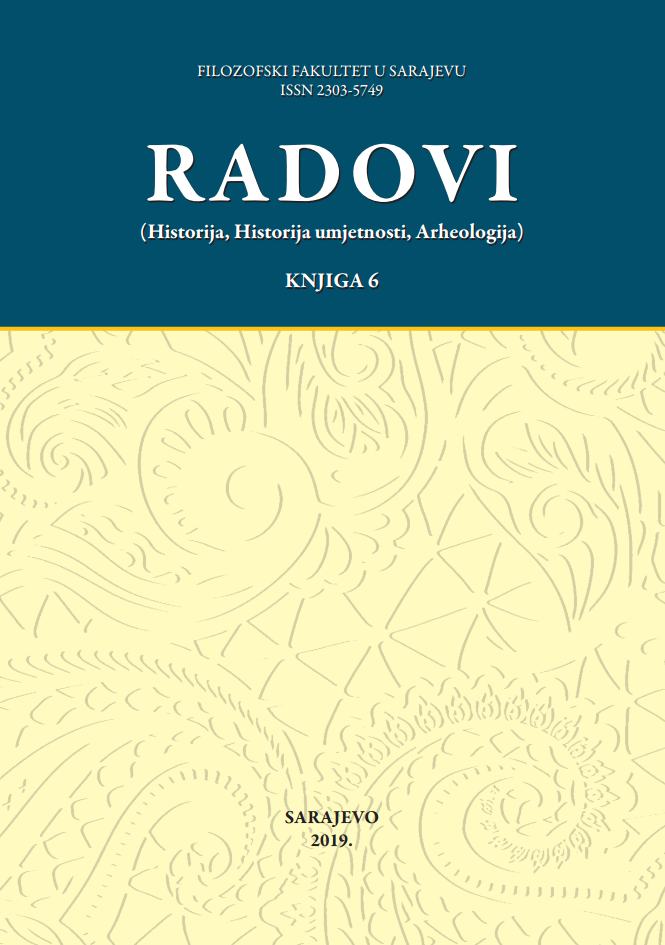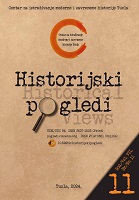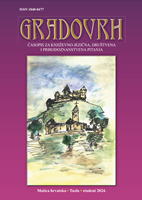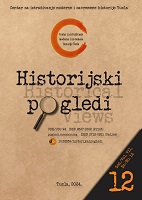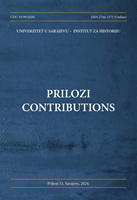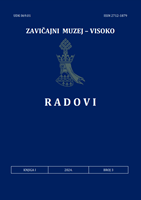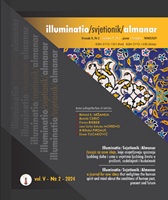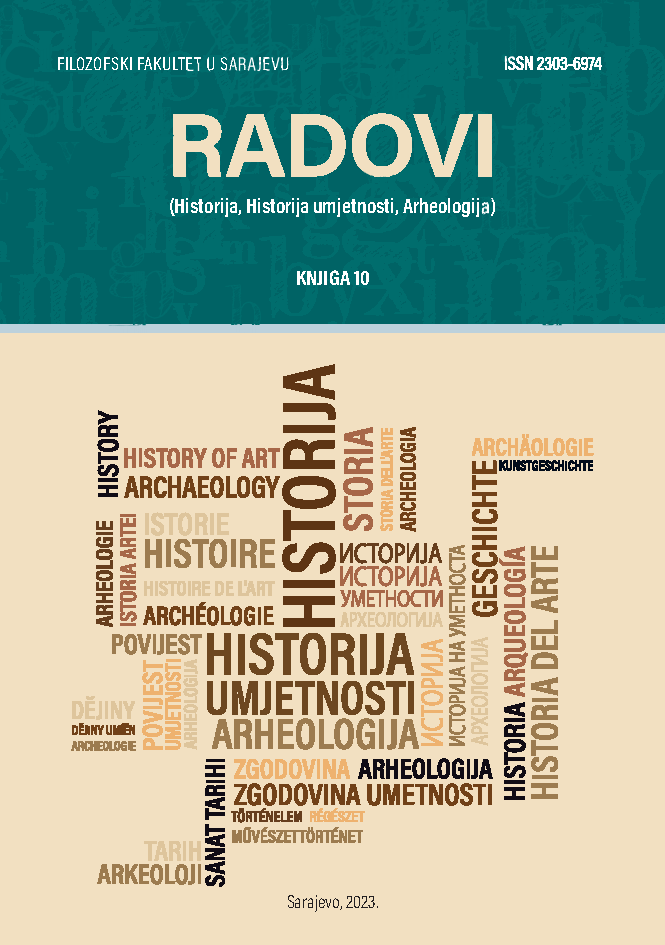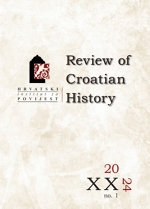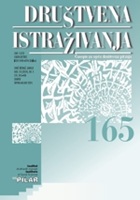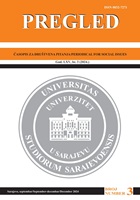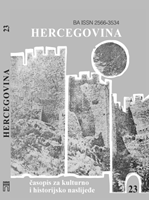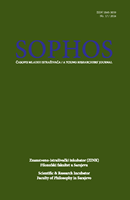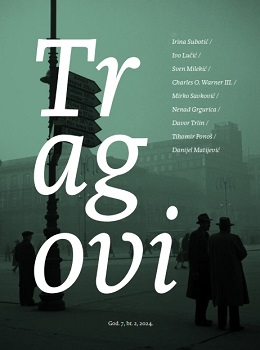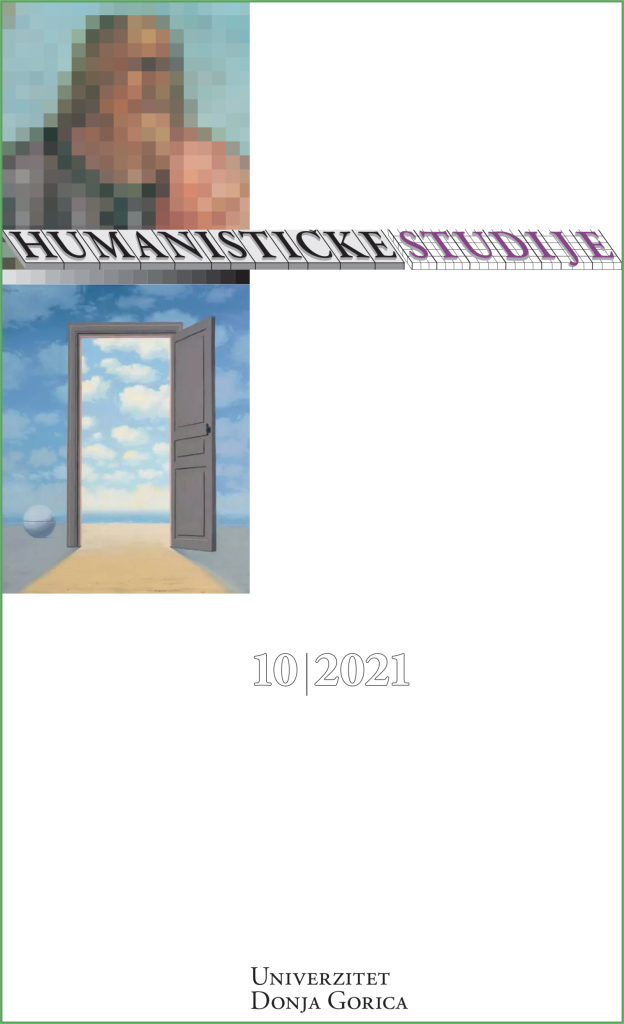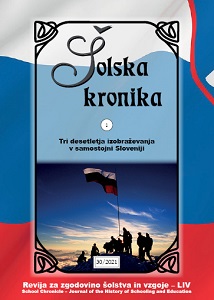Author(s): Muamer Džananović / Language(s): Bosnian
Issue: 11/2024
In this paper, we analyze the role and activities of the Supreme Defense Council (SDC) of the Federal Republic of Yugoslavia (FRY) according to the Constitution of FRY from 1992. The decision to establish the FRY, encompassing Serbia and Montenegro, as well as the provinces of Kosovo and Vojvodina, represented a continuation of the political and territorial restructuring of the former Socialist Federal Republic of Yugoslavia (SFRJ), as well as a basis for further military and political actions aimed at realizing expansionist project. Through the establishment of the SDC and its role in managing the military, especially during the period of aggression, it is evident how political decisions directly influenced military operations, as well as the international position and sanctions that followed in response to the aggressive policy of the FRY. SDC sessions were important for making decisions on military issues, including the appointment, promotion, and dismissal of officers, as well as decisions on military activities. Analysis of SDC session transcripts reveals details about FRY's military involvement in Bosnia and Herzegovina and the formation of the so-called Army of Republika Srpska (VRS). SDC members, the President of FRY, and the Presidents of Serbia and Montenegro, along with other attendees including the Minister of Defense and the Chief of the General Staff of the Yugoslav Army (VJ), actively participated in military matters and decision-making. This paper also explores the role of FRY in the wars in the former Yugoslavia during the early 1990s, with a particular focus on its relationship with the self-proclaimed Republika Srpska (RS) and participation in the aggression against the Republic of Bosnia and Herzegovina. Through the lens oflogistical, military, and comprehensive support provided by FRY, including attempts to conceal the involvement of military personnel through the 30th Personnel Center, we shed light on its direct involvement in military operations that had a decisive impact on the course of the war. Despite efforts to conceal the role of FRY and its structures in the aggression against the Republic of Bosnia and Herzegovina, documents and SDC transcripts reveal enough evidence confirming FRY's crucial role in the preparation, support, and execution of aggression against the Republic of Bosnia and Herzegovina through RS. The SDC organized and supported activities aimed at supporting the VRS and other military formations, often with a conspiratorial approach. Discussions at SDC sessions covered funding for the VRS, logistics, organization of soldier training, and defense strategy. Military operations, as well as political and military relations within Bosnia and Herzegovina, were particularly analyzed. ,, Controversial topics “ such as arming the population in Serbia and crimes committed against Bosniaks in Sandžak and Bosnia and Herzegovina were also discussed at the sessions. Relations with the political leaderships of RS and the Republic of Serbian Krajina (RSK), as well as reactions to losses and defeats, were also important topics at SDC sessions. The sessions also included analysis of political and military events and presentations of the views of FRY President Slobodan Milošević on peace negotiations, military operations, and territorial goals achieved. SDC transcripts provide insight into Slobodan Milosevics acknowledgment of the involvement of the State Security Service (SDB) in the formation, arming, and support of „paramilitary units “ sent to Croatia and Bosnia and Herzegovina. In addition to the direct involvement of VJ in the aggression, plans for joint military operations were extensively documented, aiming to create a ,, united state of the Serbian people “. Key figures, such as Ratko Mladić, who were in VRS, remained members of VJ even after the aggression. The SDC continued to exist until 2001 but lost its significance compared to the period from its establishment to the end of 1995.
More...
